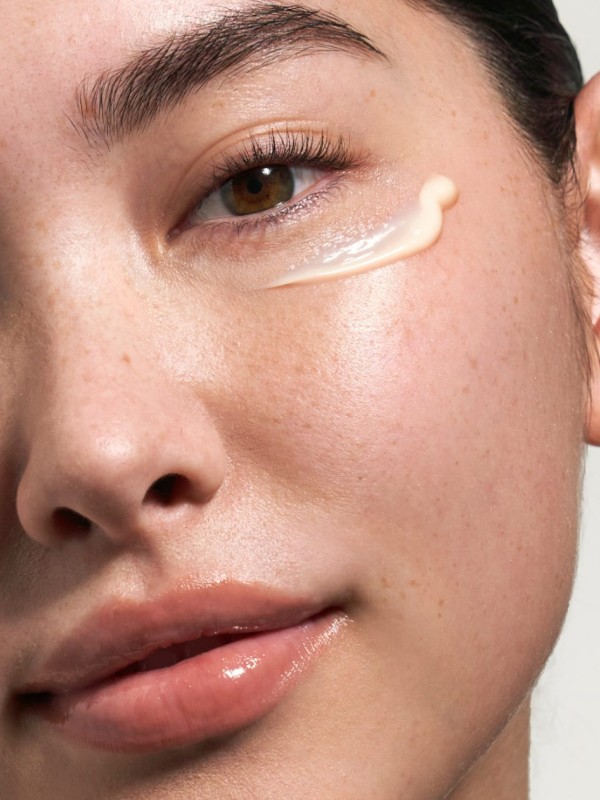
Are You At Risk Of Being Prediabetic?
What Is The Medical Definition Of Prediabetes?
“Prediabetes is a condition where a person's blood glucose levels are higher than normal but not yet high enough to be classified as type 2 diabetes. It reflects a state of insulin resistance, where the body struggles to use the insulin it is producing effectively, leading to elevated blood glucose levels.” – Lucy Jones, dietitian and chief clinical officer, Oviva
Does A Diagnosis Of Diabetes Always Follow?
“Not necessarily. While prediabetes increases the risk of developing type 2 diabetes, lifestyle changes such as a balanced diet, regular physical activity and effective weight management can help prevent progression to diabetes in many cases.” – Lucy
What Is The Medical Definition Of Type 2 Diabetes?
“Type 2 diabetes is a chronic condition characterised by high levels of blood glucose due to the body’s inability to effectively produce or use insulin. It’s often associated with insulin resistance, where the body’s cells become less responsive to insulin.” – Lucy
“Type 2 diabetes is when your blood sugars are consistently high and is the commonest form of diabetes where the underlying cause is both genetic and influenced by environmental factors. It is not immune mediated nor secondary to other endocrine (hormonal) conditions.” – Dr Ansu Basu, consultant endocrinologist and diabetes specialist, The Harborne Hospital
Can Some People Be More Disposed To Being Prediabetic Than Others?
“Yes, certain factors can increase susceptibility to prediabetes. These include living with overweight or obesity, having a sedentary lifestyle, a family history of diabetes, age (especially over 45), high blood pressure or a history of gestational diabetes.” – Lucy
What Are Some Signs That You May Be Prediabetic?
“Prediabetes often presents few clear symptoms. However, some may experience subtle signs like increased thirst, frequent urination and unexplained fatigue. Skin changes, such as darkening around the neck or armpits (acanthosis nigricans), can also indicate insulin resistance. For many people, it is picked up by their doctor or nurse as part of health screening.” – Lucy
What Are The Long-Term Risks?
“High blood sugar in diabetes damages small blood vessels directly and large blood vessels indirectly by causing changes in cholesterol metabolism. This then leads to damage of the organs supplied. The organs most often affected are the eyes (retina), kidney, nerves, heart and brain, although any organ can be affected. This leads to retinopathy, neuropathy and cardiovascular disease (hypertension, stroke and heart attacks).” – Dr Ansu
Are There Any Tests You Can Take To Determine Whether You’re On Course For A Diagnosis?
“Yes, blood tests like the fasting plasma glucose (FPG) test, an oral glucose tolerance test (OGTT) and a HbA1c test can determine if someone has prediabetes. These tests measure blood glucose levels over different time frames to assess the risk.” – Lucy
How Easy Is It To Reverse Prediabetes?
“Reversing prediabetes is achievable with consistent lifestyle changes. Losing weight, exercising regularly and eating a diet rich in lean proteins, fibre and healthy fats can significantly lower blood glucose levels and improve insulin sensitivity.” – Lucy
What Does The Journey Look Like To Get There?
“A sustainable journey involves incorporating daily physical activity (ideally at least 150 minutes a week), making mindful dietary choices, avoiding high-sugar foods and maintaining or working towards a healthy weight. Regular check-ups to monitor blood glucose levels are also important.” – Lucy
What Lifestyle Steps Can We Take To Avoid Becoming Prediabetic?
“To lower the risk of prediabetes, focus on a balanced diet rich in fibre, fruits and vegetables, limit processed foods and sugary drinks, stay active with regular exercise, avoid smoking and manage stress and sleep healthily.” – Lucy
What’s The One Thing Everyone Should Know About A Prediabetic Diagnosis?
“Prediabetes is a wake-up call, but it doesn't mean you are guaranteed to develop type 2 diabetes. With proactive changes, many people can prevent or delay diabetes onset, making early detection and intervention essential for long-term health.” – Lucy
Visit HCAHealthcare.co.uk & Oviva.com
DISCLAIMER: Features published by SheerLuxe are not intended to treat, diagnose, cure or prevent any disease. Always seek the advice of your GP or another qualified healthcare provider for any questions you have regarding a medical condition, and before undertaking any diet, exercise or other health-related programme.
DISCLAIMER: We endeavour to always credit the correct original source of every image we use. If you think a credit may be incorrect, please contact us at info@sheerluxe.com.





